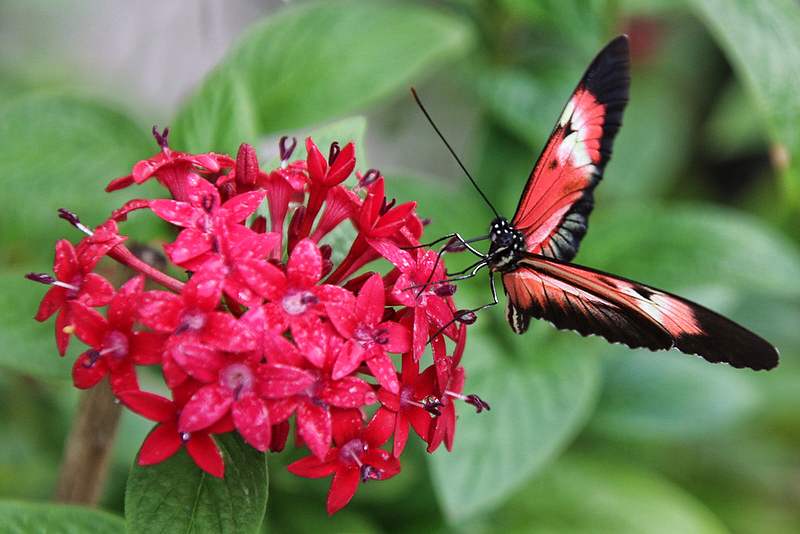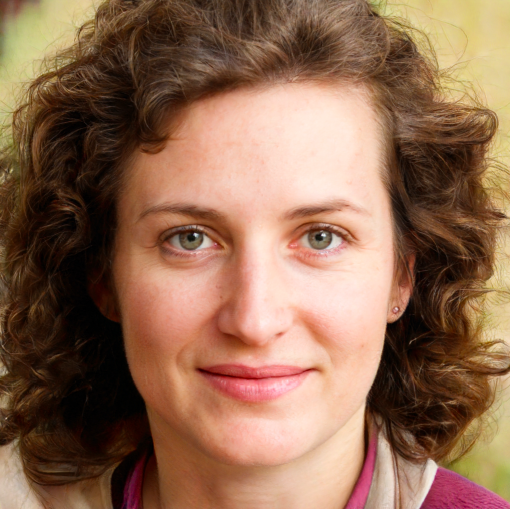Tiny Garden Solutions for Bees & Butterflies
By Emma Houston

This has been a tough year for all of us. We’re right in the midst of a global tragedy that’s already claimed hundreds of thousands of lives and it’s completely altered the way that we’ve been able to live.
In addition to not being able to really interact on any meaningful level with our loved ones and having to put a large scale halt to socializing and big gatherings, the vast majority of us are now spending all of our time at home.
A lot of people are lucky enough to be able to actually keep working remotely, but there’s also been a large number of people that are facing unemployment now. Regardless of which of these categories you fall into, you’re at home for longer than before.
And this means that you have to find ways to fill all of that time. You have to keep yourself distracted from the constant stream of bad news of course, but you can also look at this as somewhat of an opportunity.
I know it might seem strange to be suggesting that you can have some semblance of a positive outlook on something so destructive, but optimizing all of this empty space will be worth it once we’re back to normal.
So what can you do? There’s a number of things. People are trying things they’ve always wanted to try but have never had the time. Take gardening for example. If you’re trying to find something to do, that’s a great choice.
It gets you out in the fresh air, it’s good exercise and it’s something that pretty much anyone can try. Old, young, pretty much any body type. If you think that might be something you want to try, then there’s a few ways you can get a headstart with success.
Having bees and butterflies in your garden is massively beneficial and will help a lot with growth. There are a few ways you can attract them so let’s take a look at some of those right now:
Choose the Right Plants
This is going to be the most effective method of attracting the kind of insects you want because they’re drawn to pollen and nectar and there are many plants which produce more of that great stuff than others.
There are a lot of good ones so you have quite a bit of choice. Here’s a bunch of them:
- Dahlias. The single variety of this plant is the way to go because double dahlias will often have too many petals which will block access to the nectar. The single variety is lower maintenance anyway.
- Buddlejas. These are extremely popular with insects, butterflies especially. They’re generally found later in the season but deadheading them can ensure that they last a little longer and it also prevents them from being invasive.
- Russian Sage. In addition to attracting a lot of bees, the inaccurately named Russian Sage is also a great choice because it looks amazing and it’s extremely low-maintenance too.
- Marigolds. Marigolds are a very popular plant for a number or reasons, a big one being that they will grow in any soil type. For attracting insects, you should look for Marigolds with open centers so it’s easier for bees to access the pollen.
- Foxgloves. Once again, this is a popular choice among gardeners because it’s low-maintenance and also because it will even grow in the shade. Their petals are bell-shaped, which makes it easy for bees to get in at the pollen.
Provide Water
The pollen will attract the bees and butterflies, but if you want them to stick around then you should also make sure that there’s some water nearby. The insects need that too and will hang around your plants more if they don’t have to fly off somewhere else for water.
The best way to do it is to have a birdbath, keep it full and also put some small rocks in there so that the insects have something to stand on and prevent themselves from falling in and drowning.
Also, keep the water fresh and replace it often because otherwise you might attract mosquitoes and that’s not what we want.
Avoid Chemical Pesticides
I’m not going to tell you not to use any pesticides at all because then it won’t matter much how many bees and butterflies you attract. It’s good to keep the slugs, caterpillars and beetles at bay but you should make your own natural pesticide instead.
The most important one to avoid is neonicotinoid because these are toxic to bees and butterflies and they are also actually quite bad for the plants themselves. Organic, natural pesticide is just the most safer route all around.
If you get started on this process early in your gardening ventures you should glide through it. And don’t let your productivity stop there. Do as much stuff as you can. Learn some new skills, get some home workouts going, read a ton of books.
It’s a bad time, there’s no getting around that, but we can and we should draw as much positivity from it as is possible.
***

Emma Houston is a gardener, a bookkeeper, writer, and mother of three. She is spending her time mostly in her garden. When she is not there, you will find her working on developing her own line of homemade natural skincare products.

